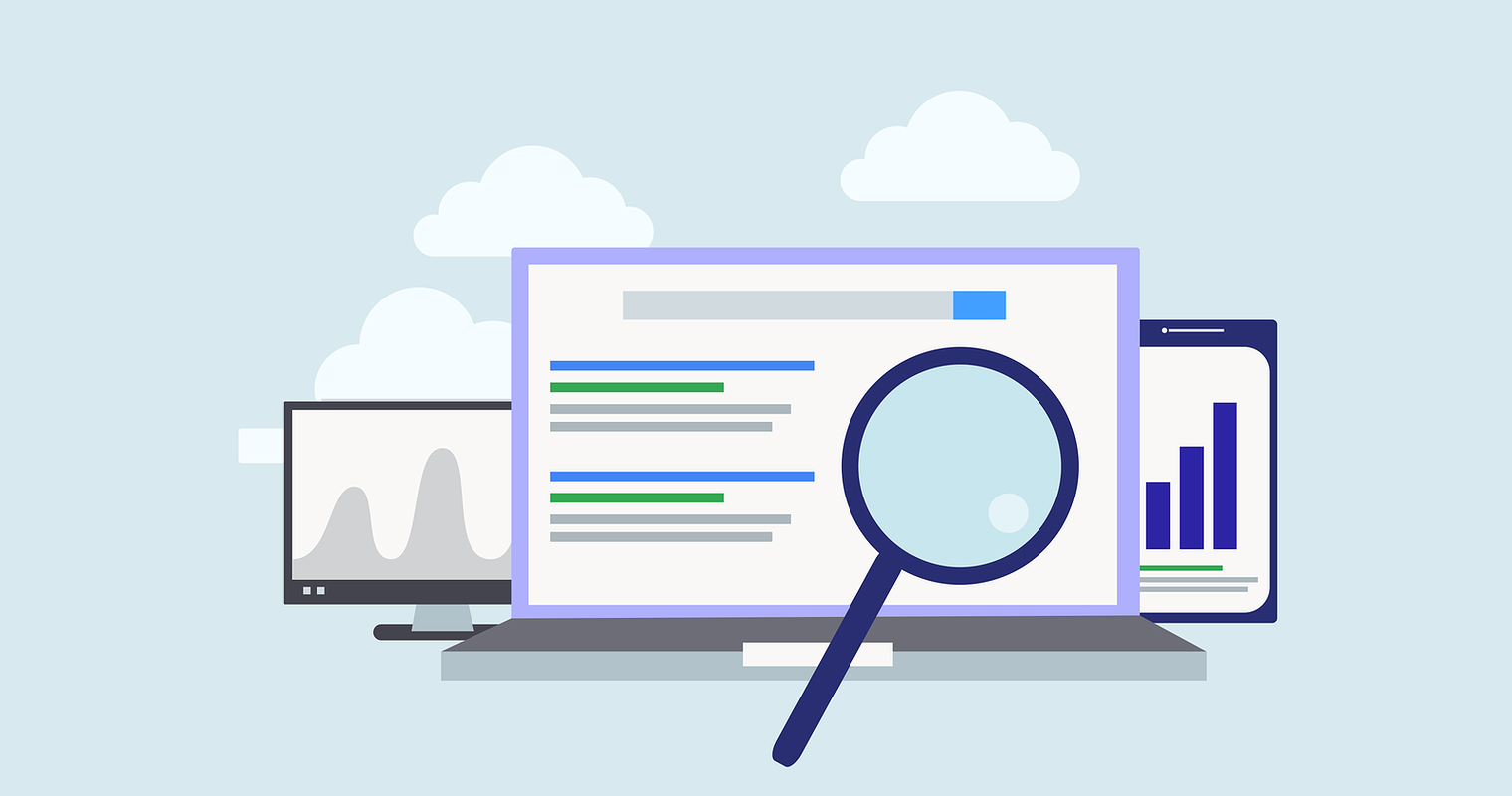Eleven Google Analytics Reports You Might Not Know About

Google Analytics is the website and marketing measurement platform of choice for many. New reports and tools are added on a regular basis. Let's take a deep dive into 11 specific Google Analytics reports you might not know about. These could be the key to valuable insights you can leverage in your website and marketing efforts.
- Custom Dashboards: How many times do you jump into Google Analytics to find the same report, stats, or slice of data? You can create custom dashboards from pretty much any data view you can drill down into in Google Analytics. Plus, you can add data and reports in widget format from multiple reports into one page. This is a big time saver. It can also be scheduled for automatic export and delivery to you or key stakeholders once you have it set up the way you want it.
- Lifetime Value: This report still has the "beta" tag in Google Analytics. However, over time, I've found more use for it in sites that have a lot of engagement within the 30-90 day cookie window that Google Analytics can track. If you have a site that engages users and that they return to often to make one or more purchases, you can track the value of specific users and factor this in with other aspects of the buyer's journey that you're measuring.
- User Explorer: User explorer allows us to drill down into the journeys of specific website visitors. While we can't personally identify the user in Google Analytics by default (and be careful if you try to match up data as Google has specific guidelines on this), we see how individual users consumed content and acted within the website over a period of time.
- Interests/Affinity Categories: The Interests/Affinity Categories report can be really interesting and helpful across a wide range of uses. If you don't see data by default, you have to simply agree to the terms and give Google authorization to show it for your account. This data provides a lot of options for adding dimensions and slicing and dicing the views.
- Benchmarking - Channels: If you've ever wondered or been asked about how your website performance compares to others in your industry, the benchmark report is a hidden gem that can help. You can select some pretty detailed industry verticals and see how your site compares across the different channels in the standard Google Analytics traffic metrics.
- Users Flow: This report has visually overwhelmed me for a long time. At first glance, it looks busy and hard to decipher. Give it a moment, though, and use the zoom slider and move around the page. Also, use the dropdown above the first column to change the dimensions you want to review. Once you get the hang of it, this page can provide some solid insight in a way that you would have to drill down through level after level in other reports to get the same info.
- Site Content - Landing Pages: While pretty basic, this report is often overlooked. Knowing the top landing pages for your website can help validate and connect the dots between specific marketing efforts, organic search, viral content, and more. By using the dimension tools you can also see the source for each page and quickly know what is driving the most traffic to it.
- Site Search - Search Terms: While most content management systems and ecommerce platforms provide reporting on what terms are being searched through on-site search functions, Google Analytics can help you dig deeper. With the Google Analytics search terms report, you can see the same terms your web platform likely shows you. From there, you can also apply all of the typical Google Analytics dimensions and see more about the users' source, behavior, and what they did on the site in a much more extensive and detailed way.
- Multi-Channel Funnels - Assisted Conversions: In many, if not most instances, lead submission or ecommerce purchase goal conversions don't happen on the first visit. Being able to give credit to visits prior to the visit where the conversion happened is powerful. Google Analytics provides an assisted conversions report to show us how each channel is involved in the journey when not responsible for the actual conversion visit. In some cases, you'll see the same channel as the bulk of your last-click conversions. However, being able to give credit where it is due is important.
- Multi-Channel Funnels - Top Conversion Paths: Going a step further than assisted conversions, we can see aggregated data showing the most popular mixes and orders of channels leading to conversions in the customer journey. This is again another powerful way to see how the channels work together and what revenue comes from it.
- Attribution - Model Comparison Tool: Attribution has been a top concern of digital marketers for a long time. Google Analytics provides a tool to compare the different models like first-click against the default of last-click. You can even find other models, import them, and create your own to suit your business needs. Knowing this report exists and how the different models show your data is a great first step that Google Analytics provides for us.
